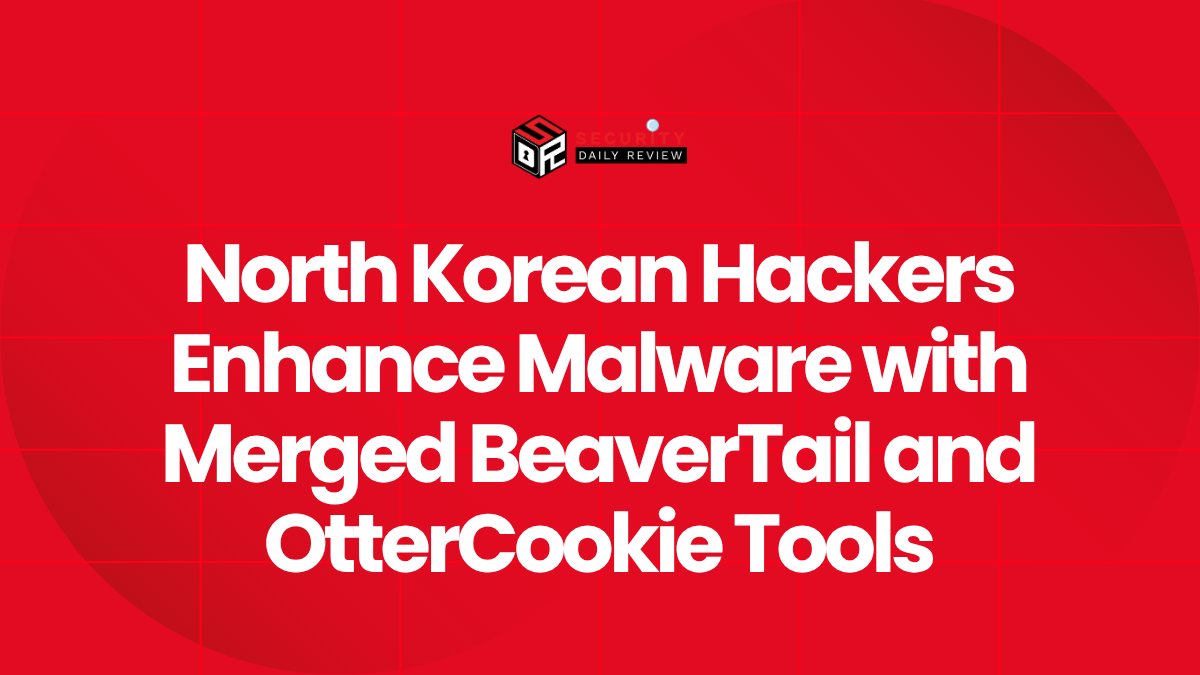North Korean state-sponsored hackers are reinforcing their cyber-espionage capabilities by merging two of their most prolific malware families—BeaverTail and OtterCookie—into a newly enhanced toolset. This development, tracked by researchers at Cisco Talos and corroborated by multiple cybersecurity firms, represents a significant escalation in the threat landscape, particularly targeting developers and cryptocurrency-focused organizations.
The resulting malware, now identified as OtterCookie v5, brings together the existing surveillance and data exfiltration features of both families into a single modular payload. It leverages several new distribution techniques, advanced monitoring functionality, and persistent access methods—making it a formidable tool in North Korean threat actors’ arsenal.
Combined Malware Features Elevate Surveillance and Credential Theft Capabilities
OtterCookie v5 now incorporates BeaverTail’s data-stealing and obfuscation mechanisms, extending its reach across developer environments, cryptocurrency wallets, and personal computing platforms. The merged malware deploys a multi-stage infection chain and introduces robust surveillance capabilities with keylogging and screenshot capture.
Modular JavaScript Payload Uses Malicious npm Packages as Entry Point
Analysts traced the infection vector of the merged malware to trojanized Node.js applications masquerading as technical interview platforms—most notably a fake app called Chessfi . Distributed via Bitbucket repositories and embedded with malicious npm modules like `node-nvm-ssh`, these apps are introduced to targets through fake recruitment emails.
Once executed, the malware chain hides its behavior using:
- Malicious npm dependencies with obfuscated code—often employing hexadecimal string encoding
- Legitimate-sounding package names such as `twitterapis`, `dev-debugger-vite`, and `empty-array-validator`
- Gradual execution steps to evade behavioral detection
These tactics allow it to pass undetected through early-stage antivirus or heuristic analysis.
Enhanced Surveillance: Keylogging and Screenshot Capture
OtterCookie v5 introduces advanced espionage functions using popular Node.js packages:
- Keylogging : Achieved via the `node-global-key-listener` npm module, capturing every keystroke
- Screenshot Capture : Conducted through the `screenshot-desktop` module, taking screen images every four seconds
This combination allows continuous monitoring of victim systems, supporting data exfiltration across both corporate and personal environments.
Captured data is funneled through established command-and-control (C2) channels using the Socket.IO JavaScript communications library, previously observed in earlier OtterCookie variants. Commands issued from the C2 server enable remote shell access, file manipulation, clipboard scraping, and crypto wallet extraction.
Persistent Malware Enhances Supply Chain Intrusion and Espionage
North Korean actors have built a flexible persistence model through the deployment of additional payloads. The malware optionally downloads a Python-based backdoor named InvisibleFerret , capable of maintaining remote access even if initial infection vectors are disrupted.
The targeting scope of the campaign—labeled “Contagious Interview”—extends to freelance developers, cryptocurrency infrastructure, and Web3 projects. Victims are often lured through fake job offers on platforms like LinkedIn, with interview tasks hosted on trusted repositories, but laced with malicious code.
Integration with Public Blockchains for Covert Malware Hosting
In parallel campaigns reported by Google’s Threat Intelligence Group (GTIG), North Korean hackers are embedding malware segments within public blockchain transactions. This technique, coined “EtherHiding,” leverages smart contracts and immutable ledger entries on Ethereum and BNB chains to obscure command payloads. These payloads are later extracted and executed when victims interact with seemingly legitimate blockchain resources.
Combined with remote access tools like AnyDesk and surveillance-focused modules, this approach exemplifies a sophisticated understanding of decentralized platforms, both for funding and malware distribution.
Target Sectors Remain Cryptocurrency and Development-Focused
The targeting patterns remain consistent with previous operations conducted by groups like Lazarus Group and Famous Chollima:
- Job-seeking developers , especially in freelance forums, are preferred victims
- Cryptocurrency platforms and wallets are high-value targets for theft and surveillance
- Software supply chains , particularly open-source ecosystems like npm, remain vectors for wide-scale distribution
Cisco Talos researchers confirmed over 5,600 downloads of the malicious npm packages before their removal, underscoring the real-world impact of such infections. The packages often mimic utility libraries or debugging tools, furthering their reach in developer communities.
Detection, Defense, and Organizational Implications
Security specialists emphasize the urgent need for:
- Software Supply Chain Monitoring : Continuous validation of third-party dependencies and enforcing code provenance policies
- Endpoint Surveillance : Deploying behavior-based detection tools to catch suspicious keylogging or screenshot activities
- Recruitment Process Awareness : Educating job seekers—particularly developers—to scrutinize technical assessments and verify employment offers
Organizations should also monitor outbound traffic for anomalies, as initial discovery in some cases occurred due to unusual connections to known C2 infrastructure.
Conclusion: A Deliberate and Evolving Espionage Strategy
The convergence of BeaverTail and OtterCookie illustrates a methodical evolution in North Korea’s cyber-espionage strategy—one that prioritizes stealth, persistence, and data monetization. By fusing surveillance tools with supply chain tactics and blockchain distribution, these enhanced malware strains pose a substantial threat to both individual developers and institutions managing sensitive digital assets.
As these campaigns continue to evolve, cybersecurity teams must bolster detection strategies and enforce defensive coding hygiene to counter future iterations of these merged malware threats.









